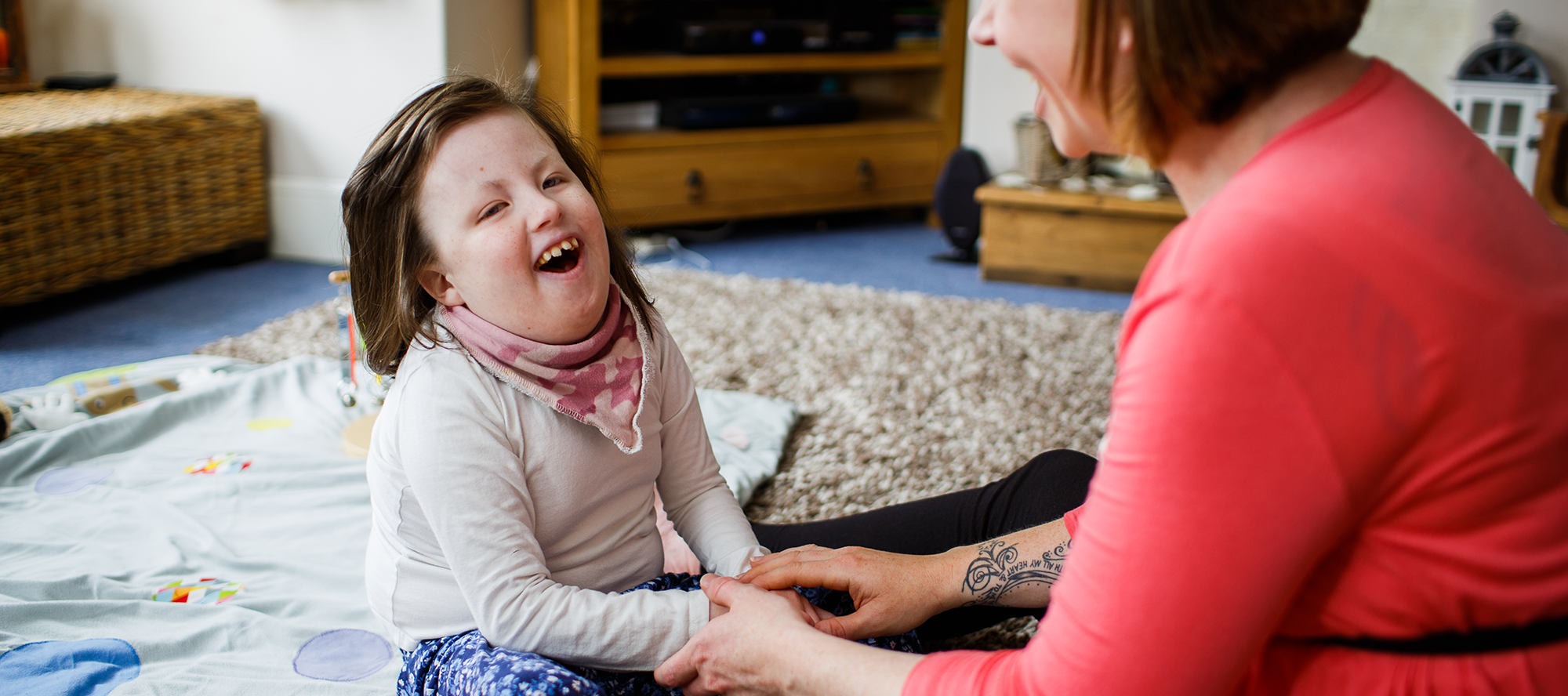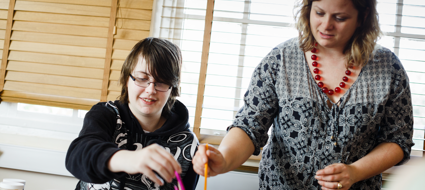It’s important that we don’t make assumptions about a young person’s capacity to make decisions and that they are specifically provided with the right support and information to be able to participate and communicate in how they want to be involved in decision-making processes.
When we talk about children's and young people’s voices, it’s important to recognise that we’re talking about all communication. There is a danger that we only listen to those who can easily tell us their views and therefore don’t deliver services that meet the needs of children and young people who have a range of support needs.
Disabled children and young people face significant barriers and challenges to participation in decisions that affect them. This includes decisions about their own support and care, about the services that they use and about strategic level decisions. When working with children and young people it’s important that we:
-
Start from the assumption that all children and young people can and do communicate.
-
Get to know the children and young people that we are working with and the communication systems they use.
-
Give children and young people enough time to communicate.
-
Be willing to learn from the child or young person about how they prefer to communicate and take the time to understand what we as practitioners can do to support that child and the barriers to that child’s communication.
-
Give children and young people clear, simple, and accessible information in a format that best works for them – no jargon.
-
Don’t make assumptions about what a child or young person is saying - check that you have understood (The Communication Trust, 2011), (Participation Works, 2008).
Some of the specific barriers for young people with speech, language and communication needs (SLCNs) or developmental delay to having their views, wishes and feelings understood include:
-
Misconceptions about a child or young person's capacity.
-
Misconceptions about a child or young person's ability to communicate.
-
Non-verbal or other means of communication not being recognised or valued in the same way as verbal communication.
-
Not allowing enough time during assessments.
-
Availability of independent interpreters or facilitators.
Young people with communication needs also face additional barriers that can include a lack of aspiration and understanding that they can participate; assumptions about their capacity; professional knowledge, skills and confidence; and access to communication systems.
It’s important that we don’t make assumptions about a young person’s capacity to make decisions and that they are specifically provided with the right support and information to be able to participate and communicate in how they want to be involved in decision-making processes. Involving young people in decision-making has never been more important than now during a time of huge legislative reform that will directly impact their lives. Young people’s voice and participation play a vital and underestimated role in helping us to safeguard children and young people, empowering them and ensuring that the services they use are fit for purpose.
Disabled young people’s participation is fundamentally a rights issue and is supported by several key pieces of legislation and policy drivers across health, education, and social care. It is also evident the successes and benefits for practitioners, services and for young people and families that come from involving disabled young people in decision-making.
Practitioners may need to use a range of different creative and informal methods and strategies to support young people’s communication and involve them in planning and assessment. This can include play, observations, visual aids, video, and working with parents and other professionals who know the young people well. Having high expectations that all children and young people communicate, and understanding how is essential to supporting their involvement in decision-making processes.
Questions for practice
Are we:
-
Being person-centered in our practice? For example, giving children and young people choice and making sure they can lead where appropriate.
-
Supporting and facilitating children and young people to communicate as opposed to assuming we know what they want, or speaking for them
-
Demonstrating and communicating evidence of impact to children, young people, parents and other professionals, to ensure that they can see where their involvement has made a difference.
Related resources
The Communicating with children and young people with speech, language and communication needs and/or developmental delay: Frontline Briefing provides practitioners with an overview of the legal duties, levers and drivers that support you to involve young people in decisions about their support and care.


